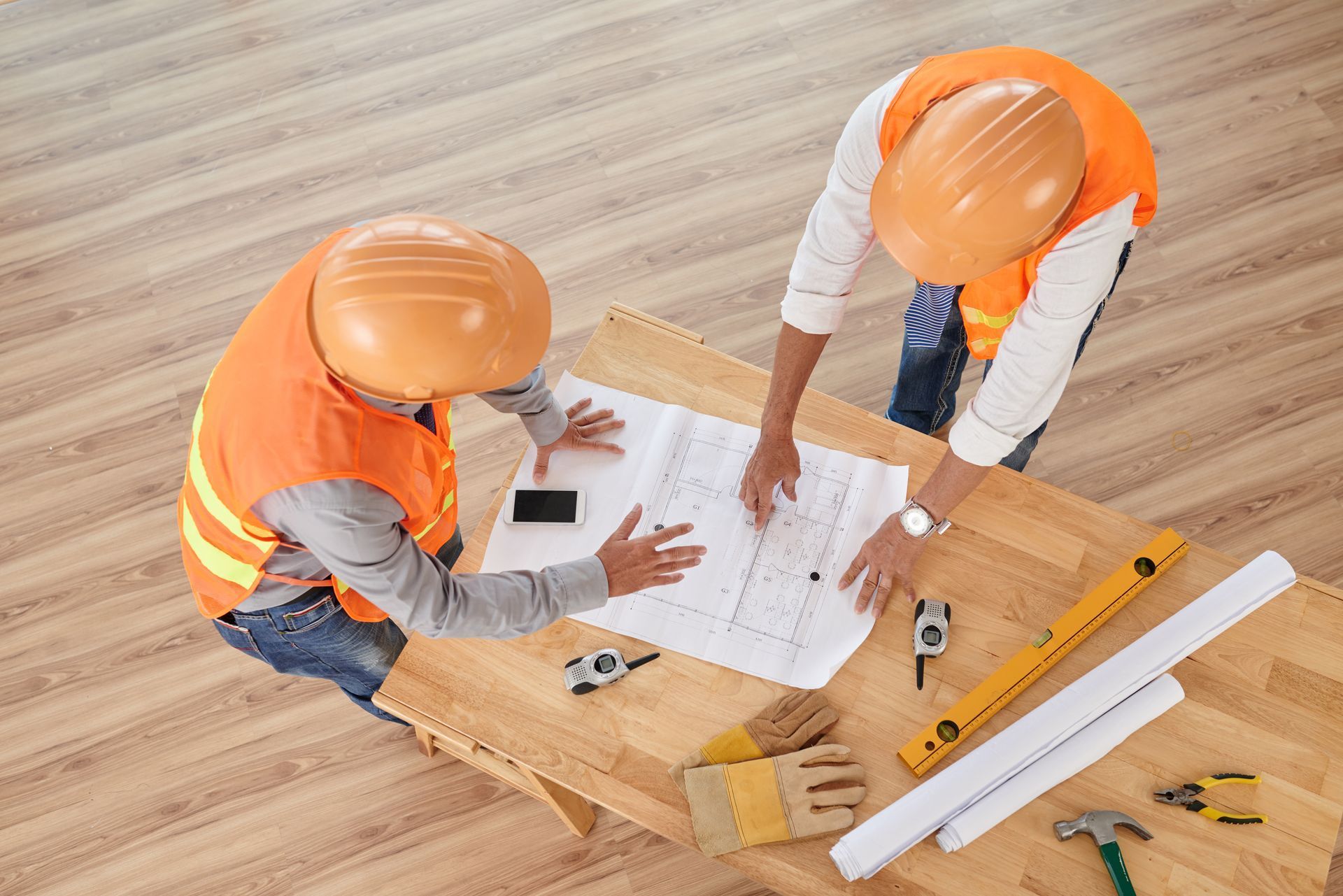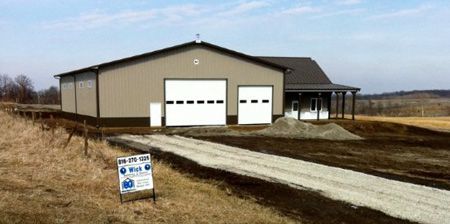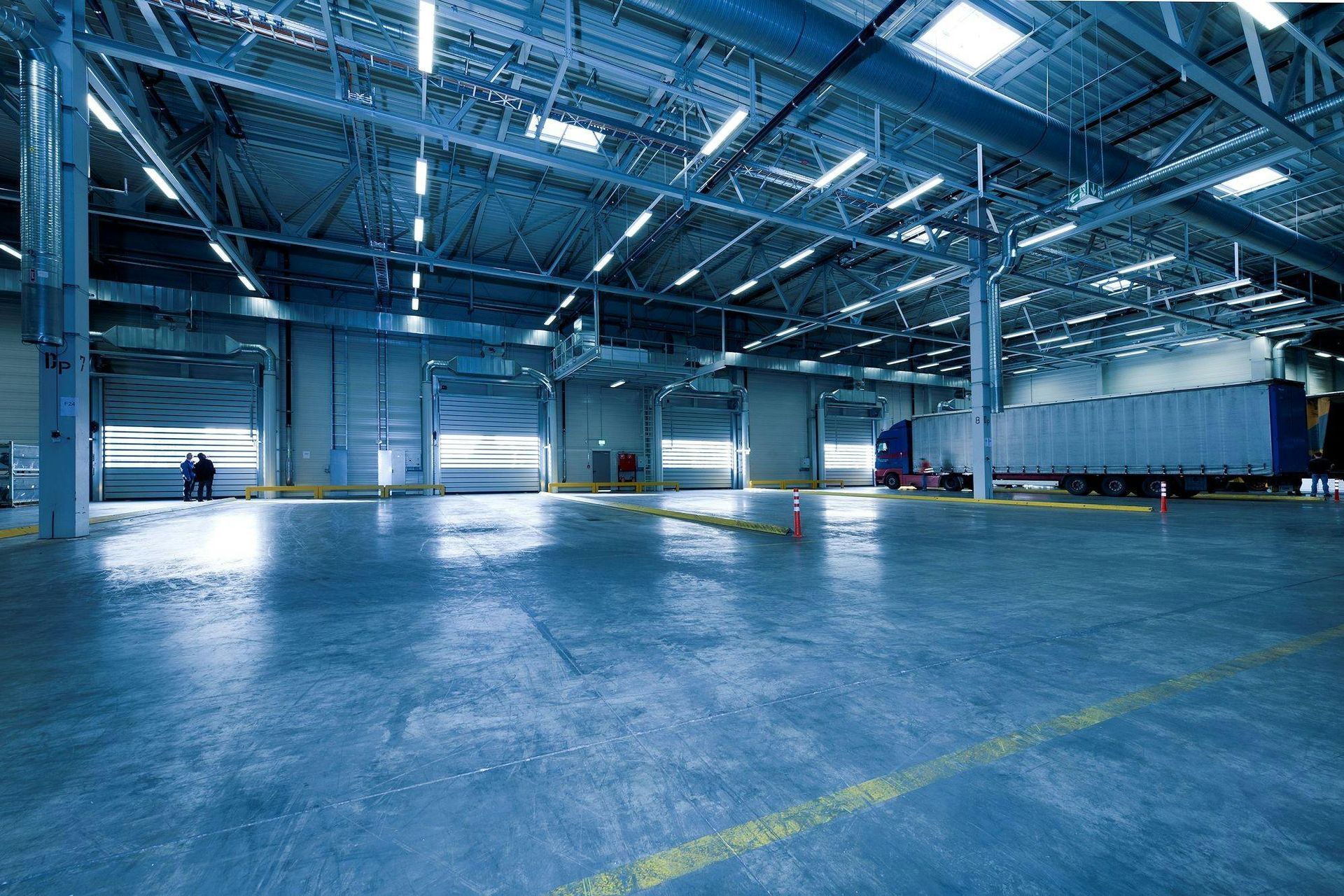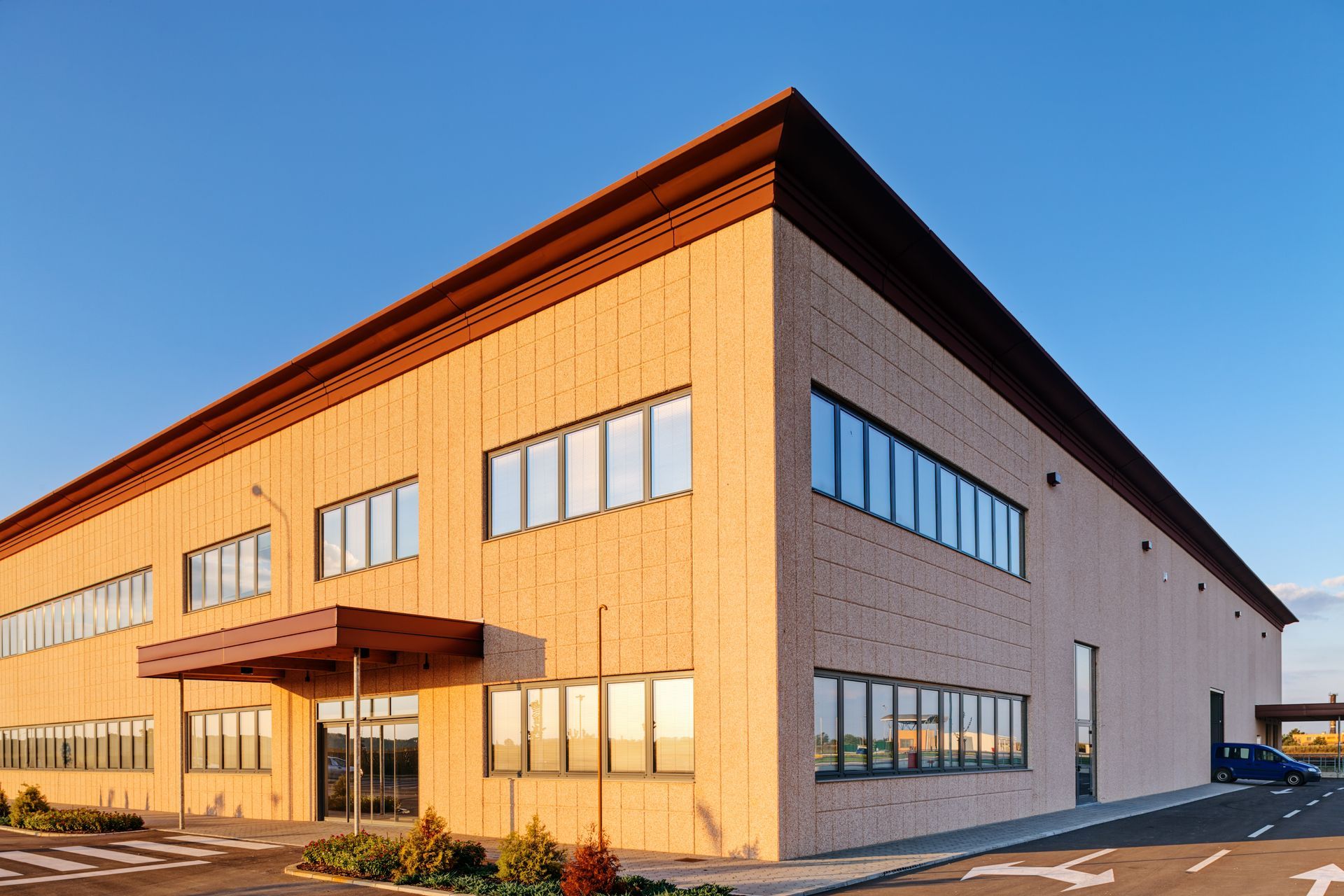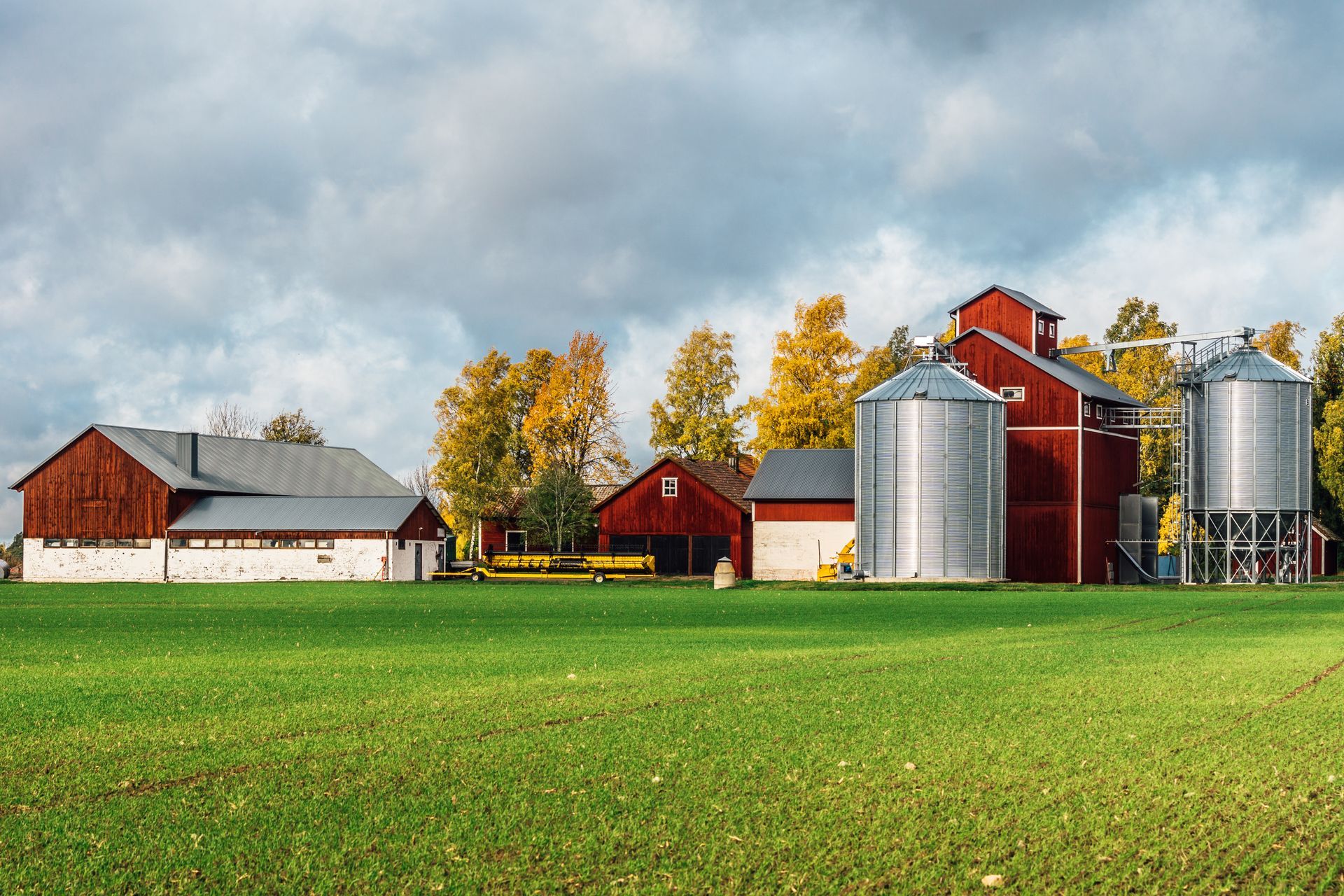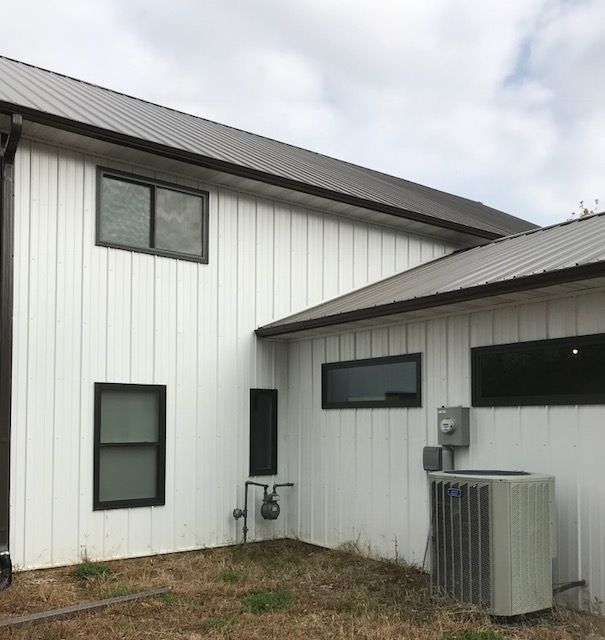The Key Differences Between Residential and Commercial Construction Projects
If you’ve ever driven past a towering office complex being built and thought, “Wow, that looks complicated,” you’re absolutely right. While residential and commercial construction share the same foundation—pun intended—they differ in ways that might surprise you. From materials and design to regulations and budgets, every project type brings its own unique challenges and rewards.
At SherGain LLC, we’ve worked on everything from cozy residential homes to expansive commercial buildings, and we can tell you firsthand: no two projects are alike. Whether you’re planning a new home or breaking ground on a business property, understanding these differences will help you make smarter decisions and set realistic expectations.
Let’s take a closer look at how residential and commercial construction projects compare, and why choosing the right team matters for both.
Residential and Commercial Construction: The Big Picture
At their core, both types of construction aim to create safe, functional, and attractive spaces—but the purpose behind them is what drives their differences.
Residential construction focuses on building living spaces for individuals or families. Think single-family homes, duplexes, apartments, or townhouses. The goal is to create comfortable, energy-efficient, and personalized spaces where people can live, relax, and enjoy life.
Commercial construction, on the other hand, serves the needs of businesses and organizations. This includes everything from retail stores and restaurants to warehouses and office complexes. These projects focus on durability, functionality, and compliance with stricter codes to accommodate larger crowds and heavier equipment.
Here’s a simple way to think about it:
- Residential construction builds your life.
- Commercial construction builds your livelihood.
Both are essential, but they come with very different processes, teams, and outcomes.
Project Scope and Scale: The First Big Difference
When it comes to residential and commercial construction, size matters—literally.
Residential projects usually involve smaller teams, simpler designs, and shorter timelines. You might be working with a builder, an architect, and a few subcontractors to complete a home that’s measured in square feet, not acres.
Commercial projects, however, often require large-scale coordination between engineers, architects, project managers, and multiple specialty contractors. The sheer scale of these projects can be massive, involving multiple stories, complex infrastructure, and tight deadlines.
Here’s how the scale typically differs:
Residential Construction:
- Usually one to three stories tall
- Smaller budgets and quicker completion times
- Focused on comfort, aesthetics, and family functionality
Commercial Construction:
- Can involve multi-story buildings or wide-span facilities
- Larger budgets and longer timelines
- Designed for high durability and heavy usage
So while a homeowner may celebrate moving into their dream house after six months, a commercial client might still be watching cranes swing steel beams for the next two years.
Materials and Equipment Used in Construction
When comparing residential and commercial construction, one of the biggest differences lies in the tools and materials used to get the job done.
Residential construction often uses materials like wood framing, vinyl siding, asphalt shingles, and drywall. These materials are cost-effective, easy to work with, and ideal for smaller-scale projects.
Commercial buildings, on the other hand, rely heavily on steel framing, reinforced concrete, and advanced HVAC and electrical systems. Everything is designed for longevity, safety, and strength—especially since commercial spaces have to handle more wear and tear than your average home.
A quick breakdown:
Residential Construction Materials:
- Wood framing for flexibility and affordability
- Insulation designed for energy efficiency
- Residential-grade plumbing and electrical systems
Commercial Construction Materials:
- Steel and concrete for structural stability
- Fire-resistant materials for code compliance
- High-capacity HVAC and wiring systems
And let’s not forget the equipment. You might see a backhoe and a concrete mixer at a home site, but commercial projects bring in the big guns—cranes, pile drivers, and fleets of specialized machinery.
Simply put, residential builds are like precision art projects, while commercial builds are full-blown orchestras of heavy machinery.
Building Codes and Regulations: The Rulebook That Never Ends
If you think getting a permit for a home renovation is tough, just wait until you see the rulebook for a commercial project. Regulations are one of the main ways residential and commercial construction differ.
Residential construction codes focus on safety, zoning, and comfort. Local governments want to ensure homes meet standards for electrical wiring, plumbing, and structural integrity. While the rules can be strict, they’re relatively straightforward.
Commercial construction, however, must follow a labyrinth of federal, state, and local regulations. These cover everything from fire safety and elevator systems to accessibility under the Americans with Disabilities Act (ADA).
Here are a few examples of how they differ:
- Residential: Focus on livability and energy efficiency
- Commercial: Must comply with ADA, zoning laws, fire codes, and occupancy regulations
- Inspections: Commercial projects undergo more frequent and detailed inspections during construction
As a builder, following these rules isn’t just about avoiding fines—it’s about keeping everyone safe and ensuring the project’s long-term success.
Design and Function: Beauty vs. Business
When it comes to design, residential construction and commercial buildings serve two entirely different masters: emotion and efficiency.
Homeowners care about aesthetics, comfort, and personalization. They want kitchens that inspire family dinners and living rooms that feel warm and inviting. Residential construction focuses on craftsmanship and design choices that reflect personality.
Commercial clients, on the other hand, prioritize function, brand image, and return on investment. They need layouts that promote productivity, accommodate traffic flow, and meet customer expectations.
Design priorities often look like this:
Residential Construction:
- Emphasis on comfort, privacy, and beauty
- Custom finishes like hardwood floors and granite countertops
- Energy-efficient features and personalized layouts
Commercial Construction:
- Emphasis on accessibility, efficiency, and safety
- Industrial finishes built for durability
- Integration of business-specific utilities and systems
While homeowners choose their countertops based on Pinterest boards, commercial developers are more concerned about parking ratios and emergency exits. Each project requires its own design mindset, and both play an important role in shaping how people live and work.
Cost and Budgeting: The Financial Divide
If you’ve ever remodeled a kitchen, you know how quickly costs can add up. Now imagine managing the budget for a shopping center or hotel. The financial gap between residential and commercial construction is huge, and it’s not just because of size.
Residential construction costs depend on materials, design complexity, and local labor rates. While homes can still represent a significant investment, most homeowners work with a defined budget and predictable financing options.
Commercial construction projects often involve multi-million-dollar budgets, commercial loans, and investors. There’s also a higher level of financial oversight, with detailed cost tracking, progress payments, and contingency funds for unexpected issues.
Budget factors for both types of projects:
Residential:
- Material choices and design upgrades
- Site preparation and utilities
- Labor and permits
Commercial:
- Engineering and safety systems
- Large-scale equipment and labor teams
- Insurance, inspections, and compliance costs
Let’s face it—no matter the project, budgets are like elastic bands. The trick is working with a builder who knows how to stretch it without snapping it.
Call SherGain LLC for Professional Commercial and Residential Construction in Platte City, MO
Whether you’re dreaming of building your perfect home or planning a large-scale commercial development, SherGain LLC is your trusted local expert in residential and commercial construction. Our experienced team combines craftsmanship, precision, and innovative design to deliver exceptional results on every project. From family homes to durable commercial buildings, we’re committed to bringing your vision to life with integrity and excellence. Call us today at (816) 830-1562 to get started on your next construction project.
We proudly serve
Platte City, MO, and the surrounding areas. In addition to residential and commercial projects, SherGain LLC also provides high-quality
agricultural building construction and
suburban building services. No matter the size or scope of your project, we’ll make sure it’s built to last—and built right.
FAQs
What’s the main difference between residential and commercial construction?
Residential construction focuses on homes and living spaces for individuals or families, while commercial construction involves buildings meant for business use, like offices, stores, and warehouses.
Do residential and commercial projects use different materials?
Yes. Residential projects typically use wood framing and home-grade materials, while commercial projects rely on steel, concrete, and more durable systems for long-term use.
Are building codes stricter for commercial construction?
Absolutely. Commercial projects must meet a wide range of regulations related to fire safety, accessibility, and occupancy that go beyond what’s required for residential homes.
Can one company handle both types of construction?
Yes, but not all companies specialize in both. SherGain LLC proudly offers expertise in residential and commercial construction, ensuring each project meets its unique goals and standards.
Which type of construction takes longer?
Commercial construction generally takes longer due to size, complexity, and regulatory requirements, but both can vary depending on design and scale.




